By Pauline James
The magnificent Black Palm Cockatoo is like no other cockatoo, macaw or parrot, and stands alone, unique and totally beguiling. And, along with its regal stance, rarity and status, the Black Palm has been elevated right to the ‘top of the tree,’ as the most highly-desirable and expensive, must-have parrot in the world, for the elite and wealthy, who happen to have a penchant for parrots, or maybe just status symbols.
This large and imposing black cockatoo, with its spectacular backward curving, long-feathered, erectile crest, and bright red facial patches, stands up to 60cm (24in) tall, and is native to the very north-eastern tip of Queensland, Australia, Indonesian New Guinea, Papua New Guinea, the Aru Islands, and other smaller islands nearby.
Palms typically spend the cooler hours of the day foraging in eucalypt or melaleuca woodland, close to water, and on the periphery of tropical rainforest. They tend to withdraw to the rainforest, as the heat rises, and return to more open woodland to roost. Black Palms are the only cockatoos that thrive in these wet, hot and humid conditions, all other cockatoos prefer drier regions.
Read more in the magazine…

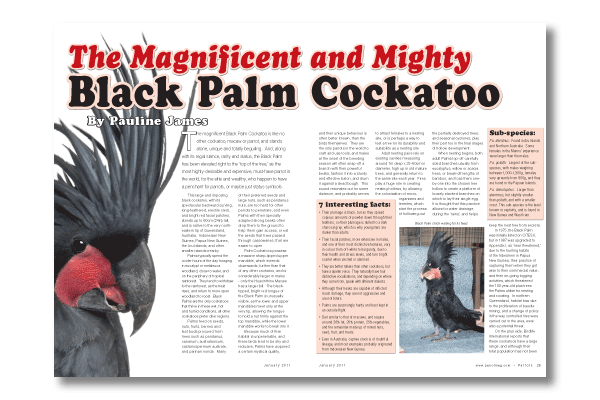
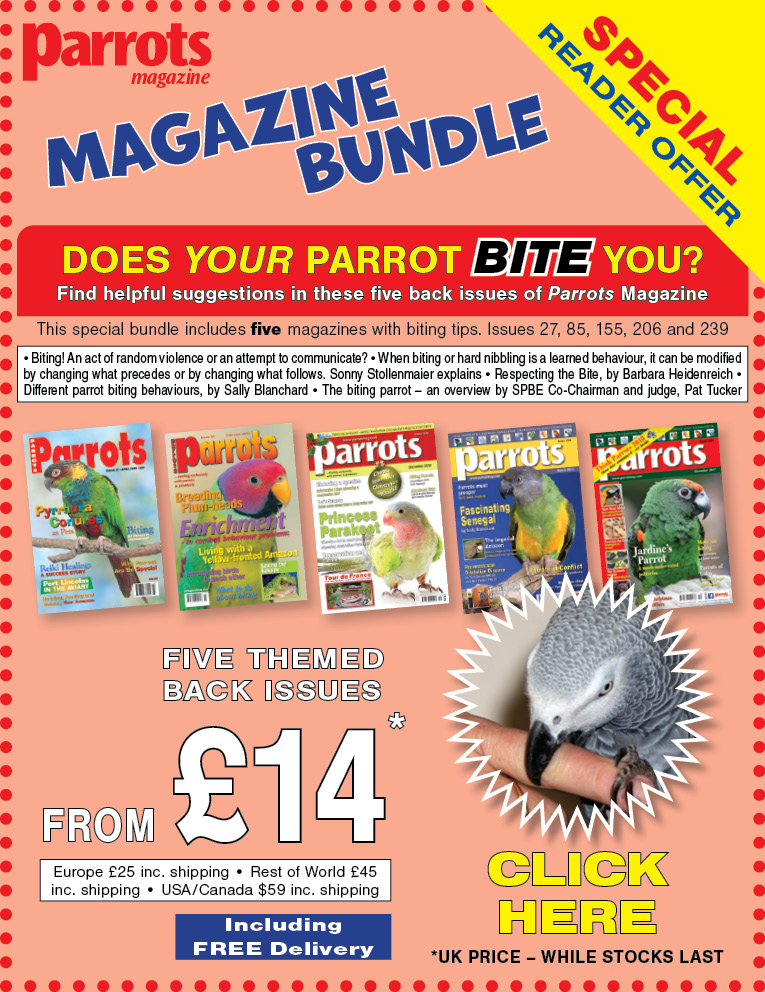
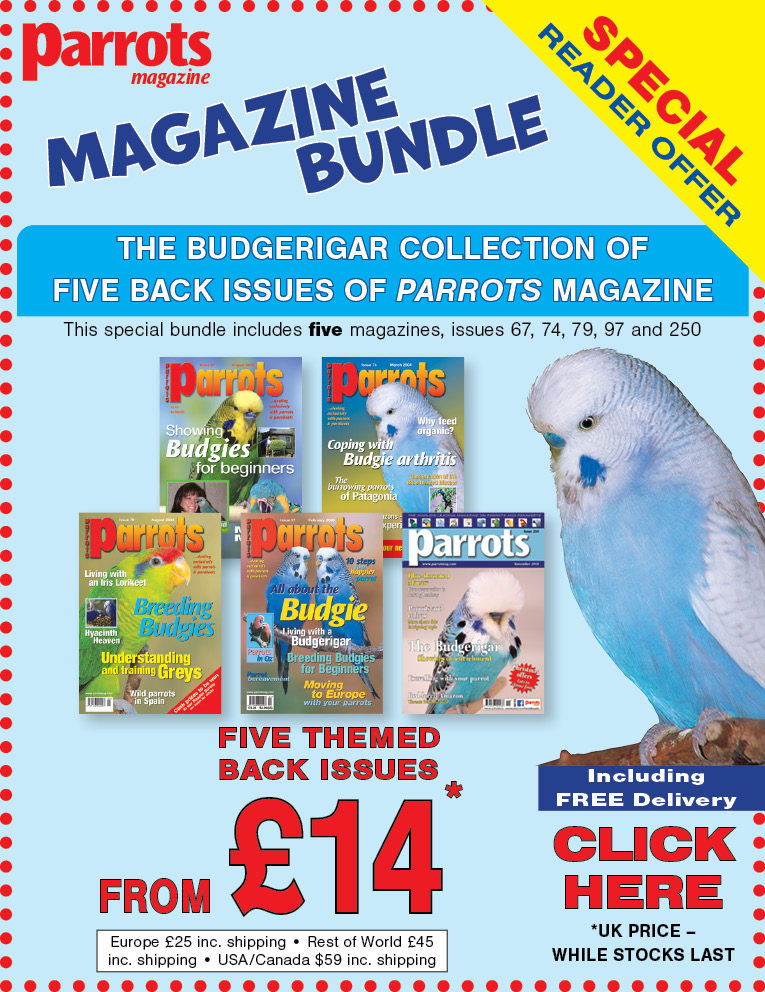
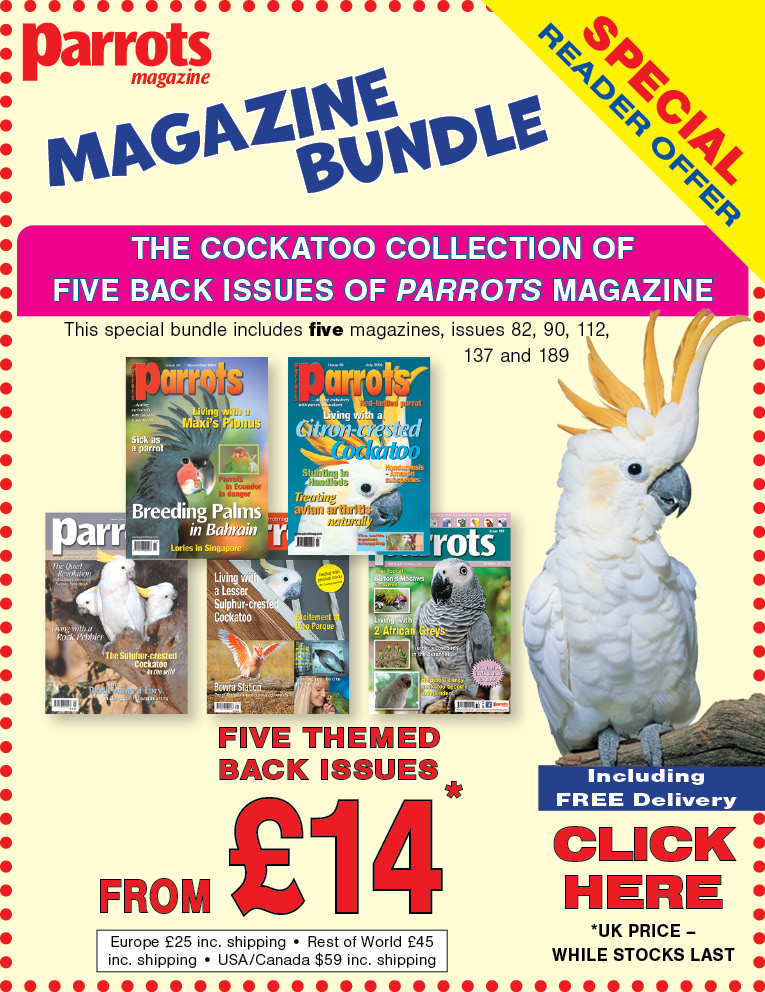
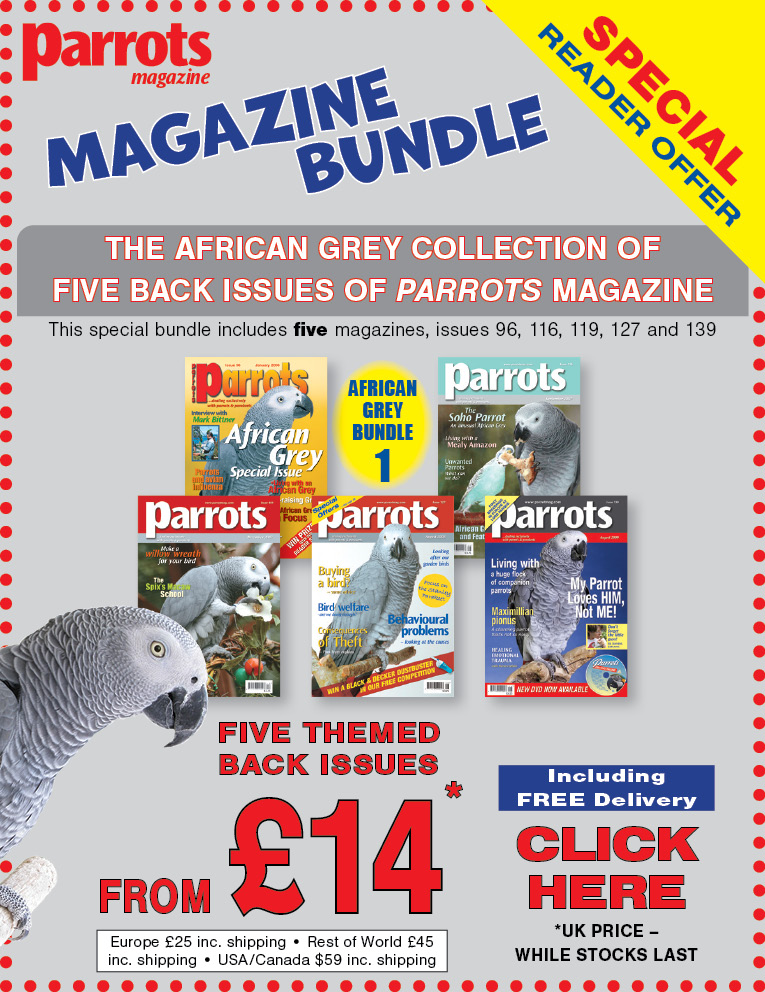

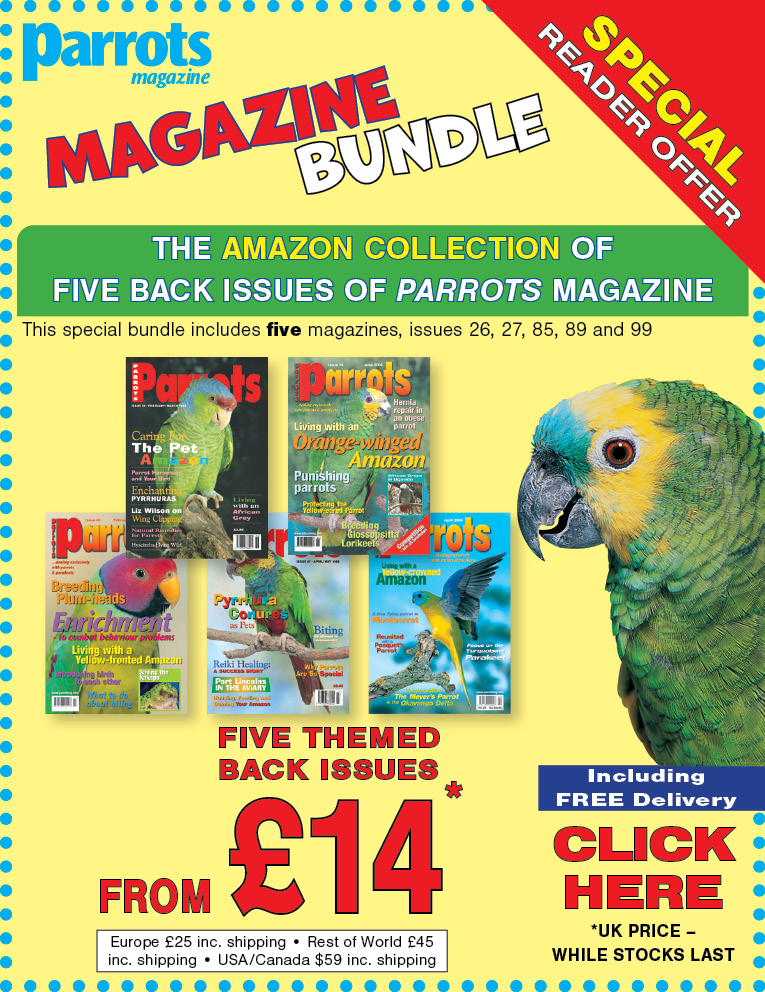

Parrot Chat
Buyers Guides
Breeding articles